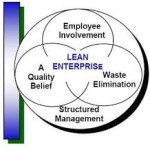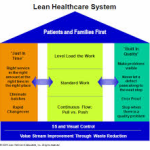
When it comes to Denial Management, Qualitative Data is Your Best Ally
When faced with a denied claim, your first question as a physician, biller or consumer should be why? Your best defense against these denied claims, and your greatest chance of winning an appeal, comes from understanding why the claim was denied by the insurer.









